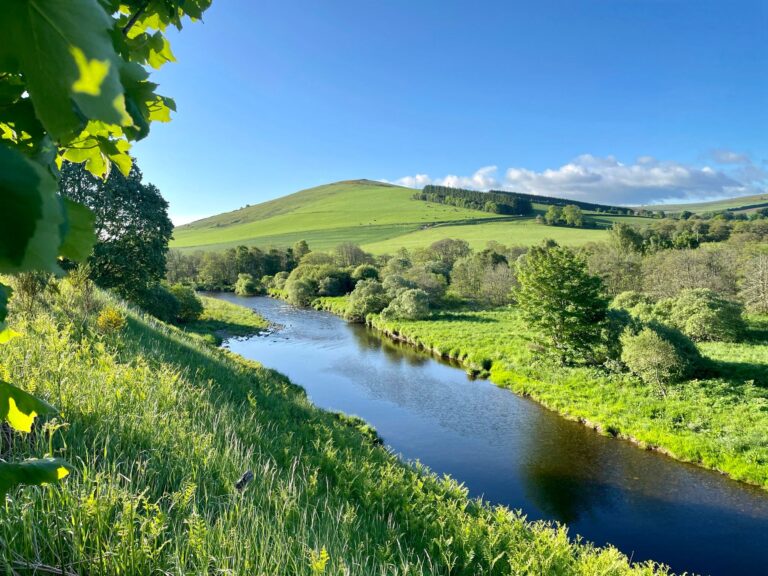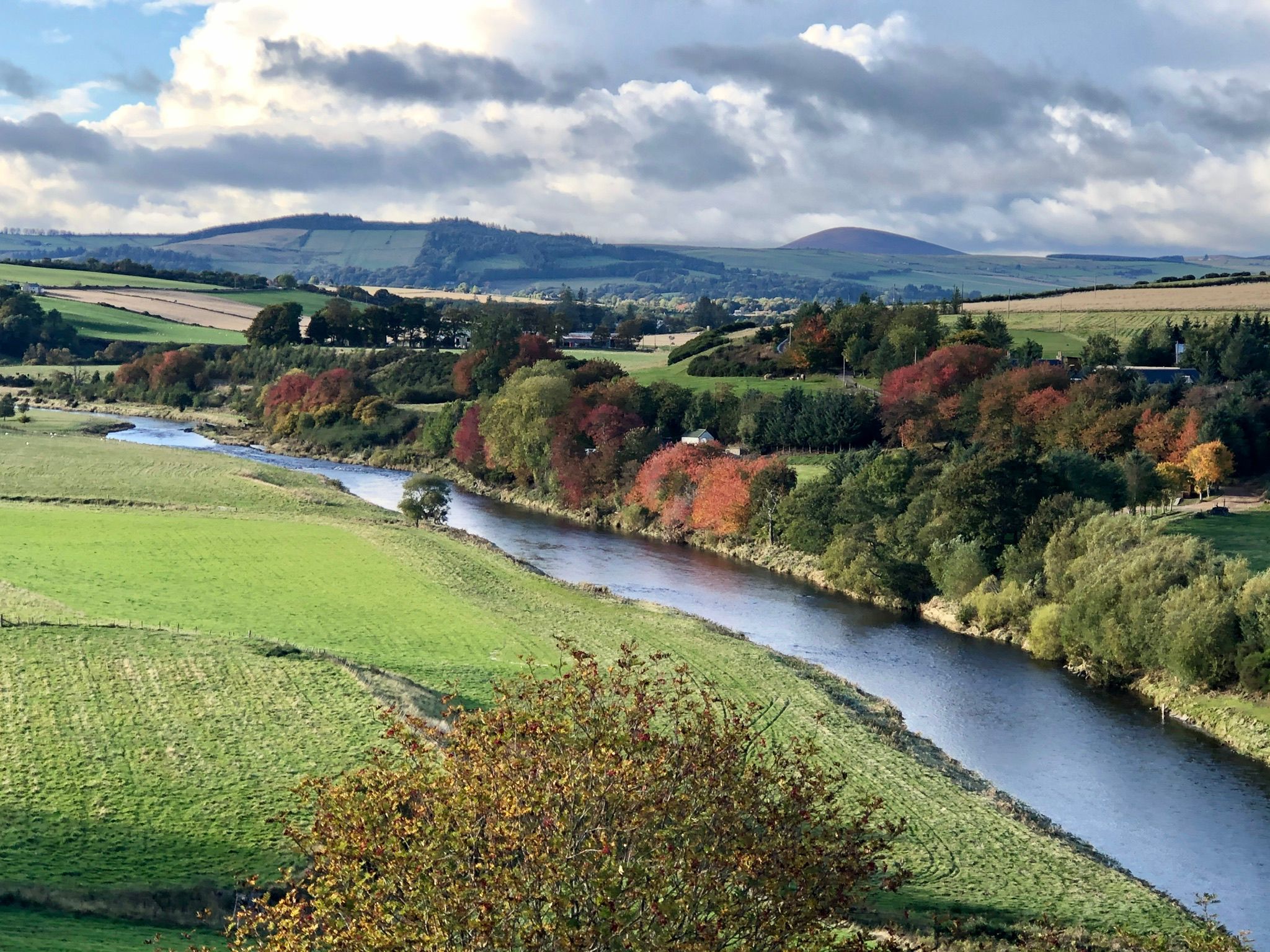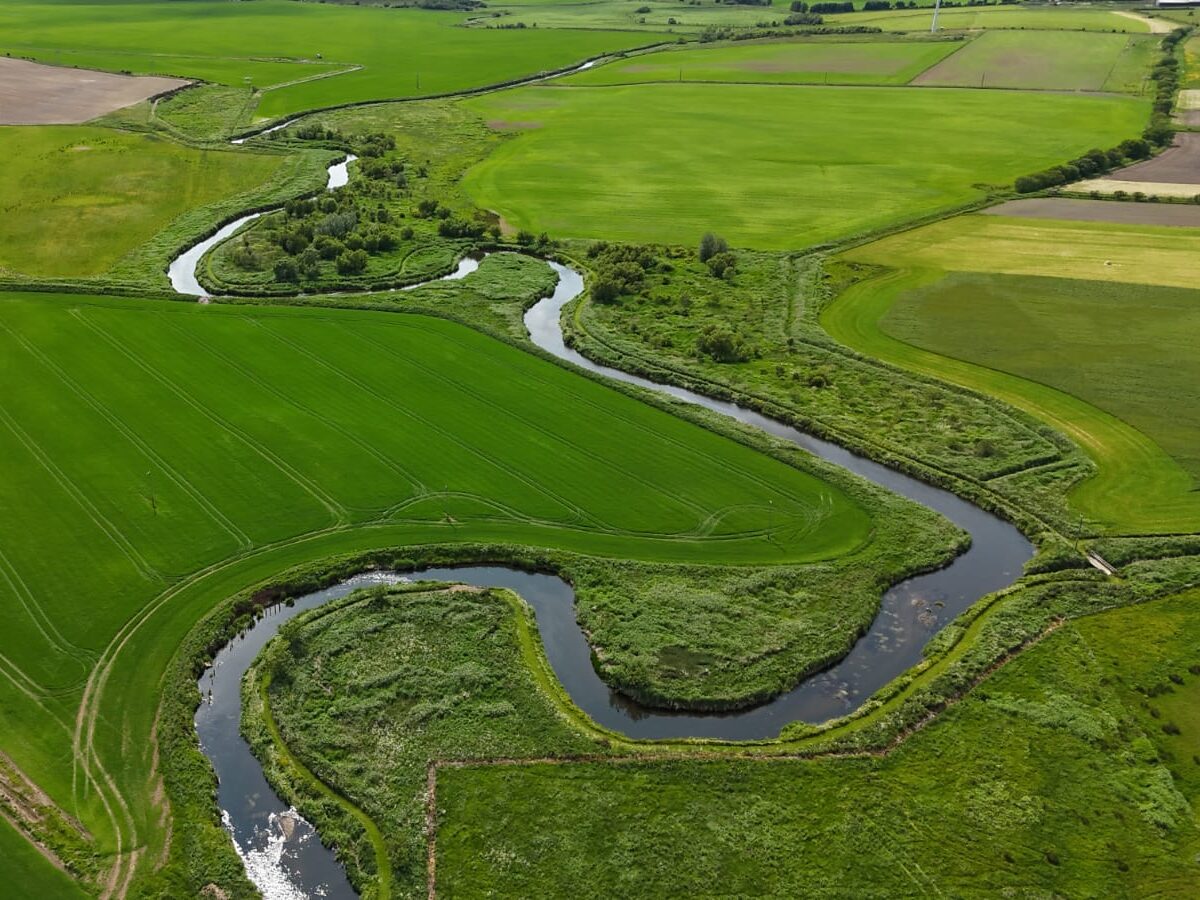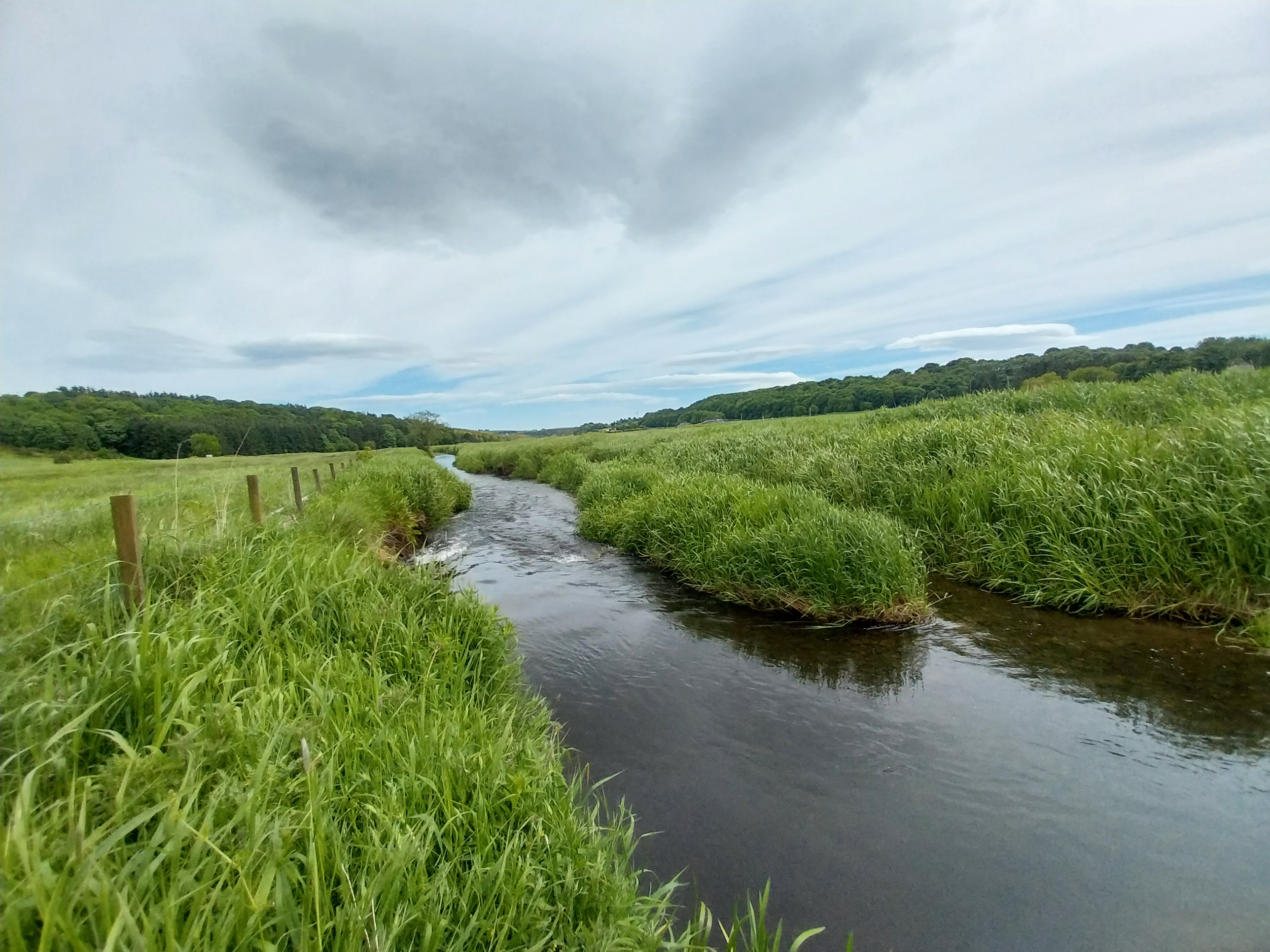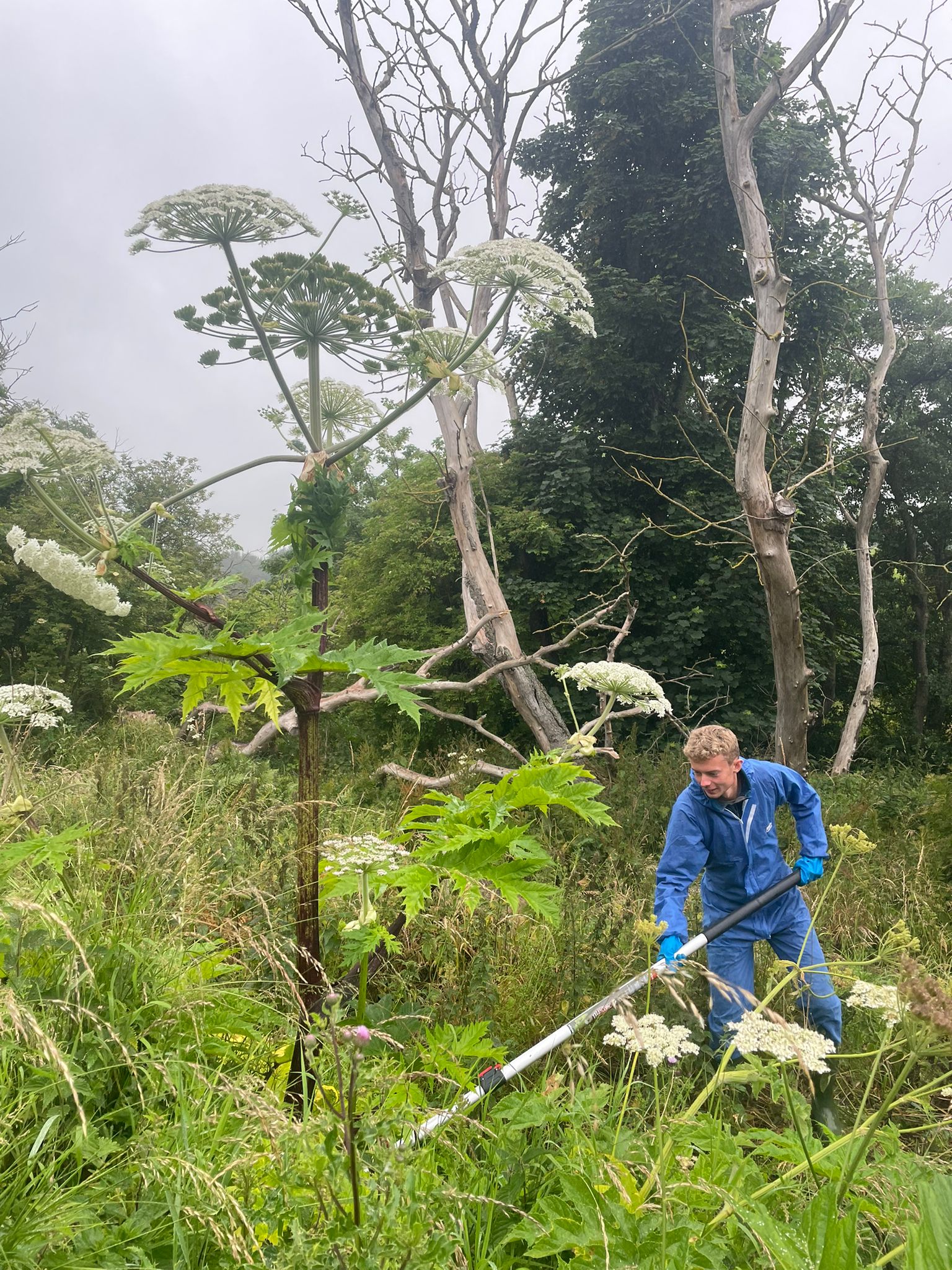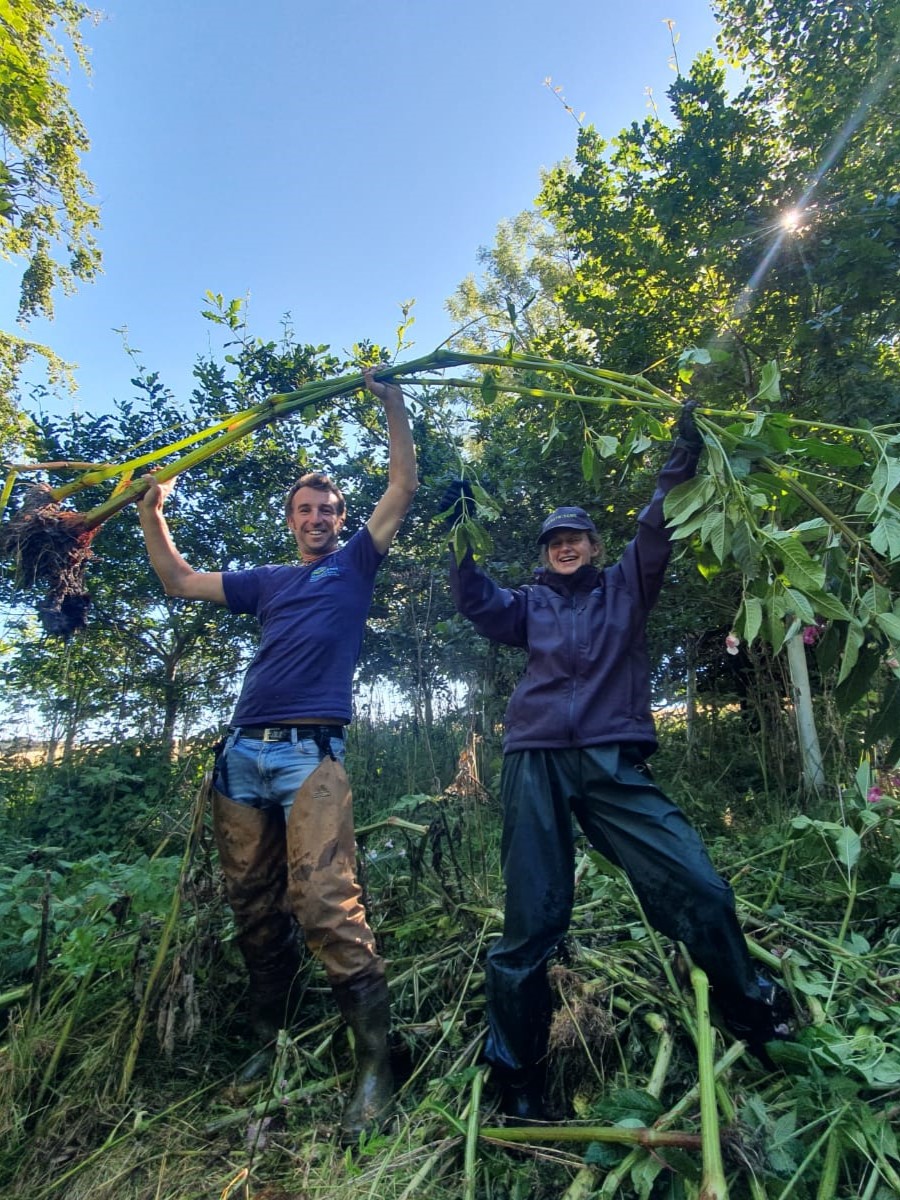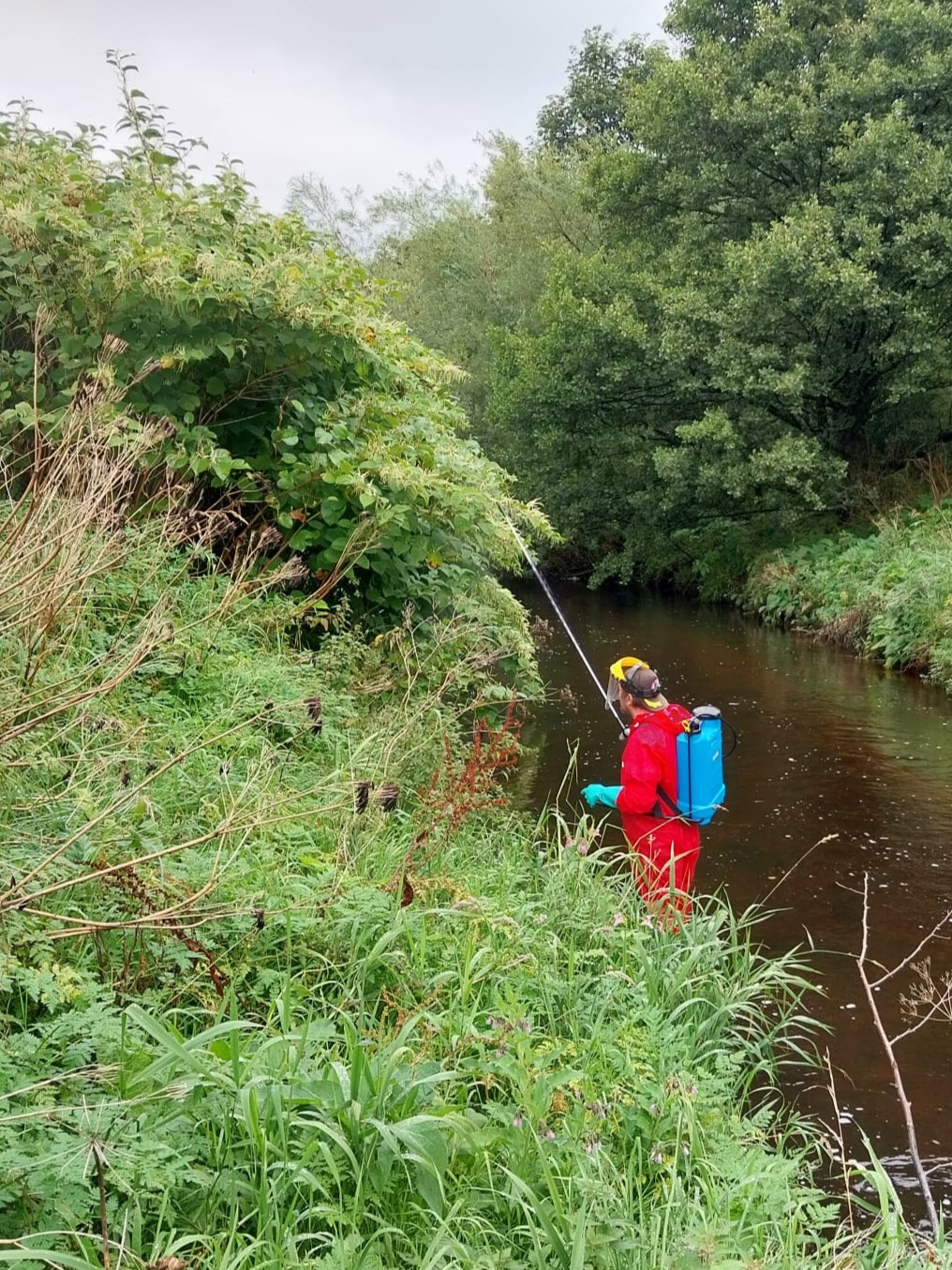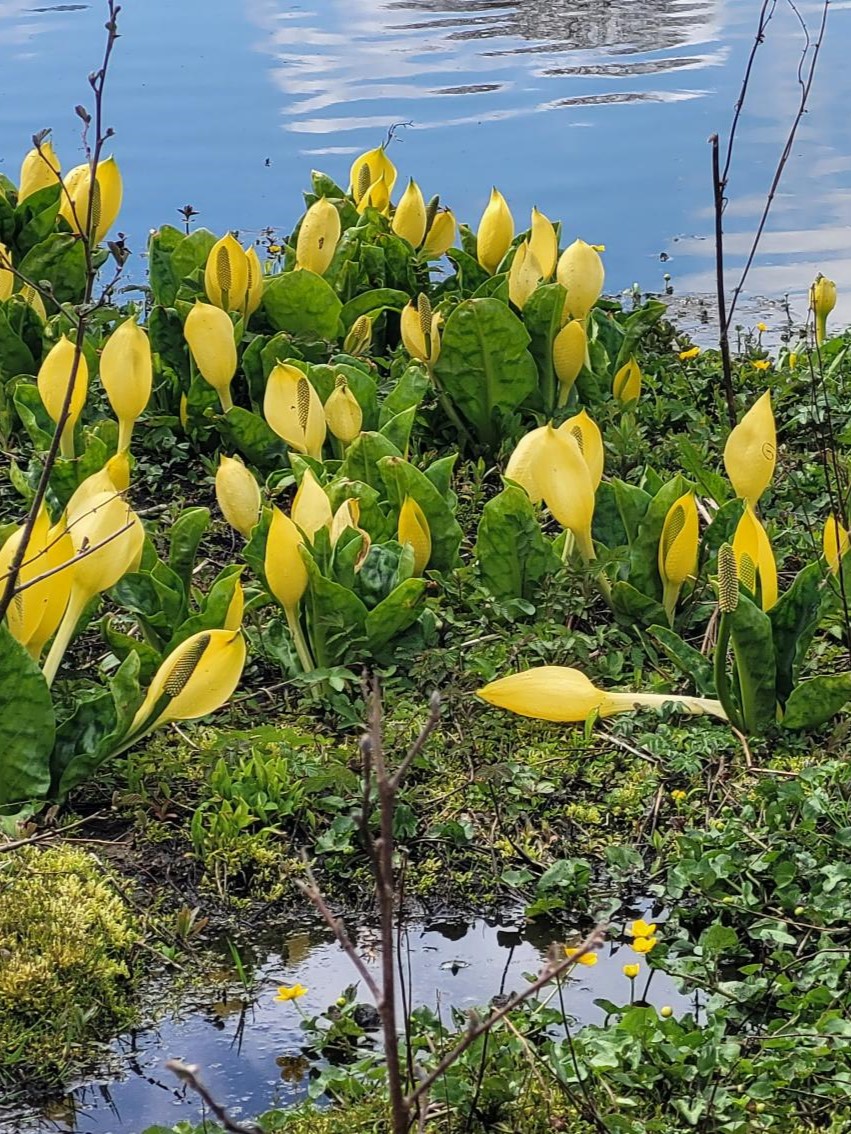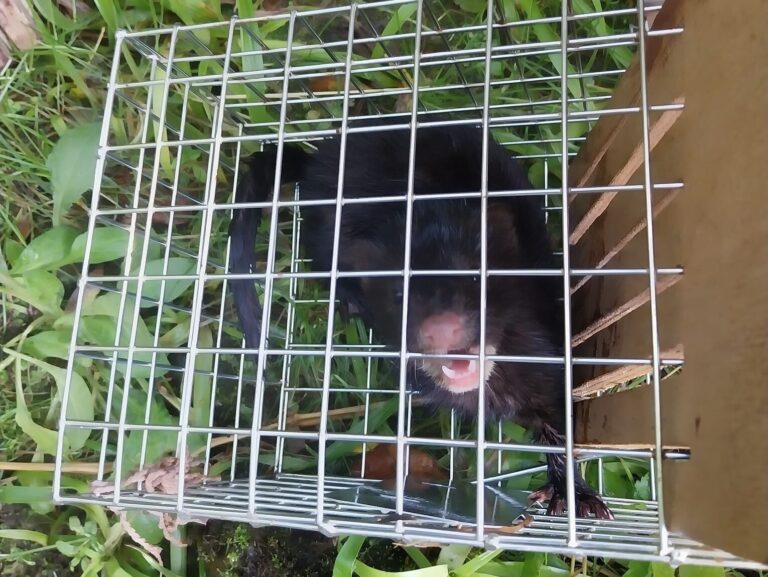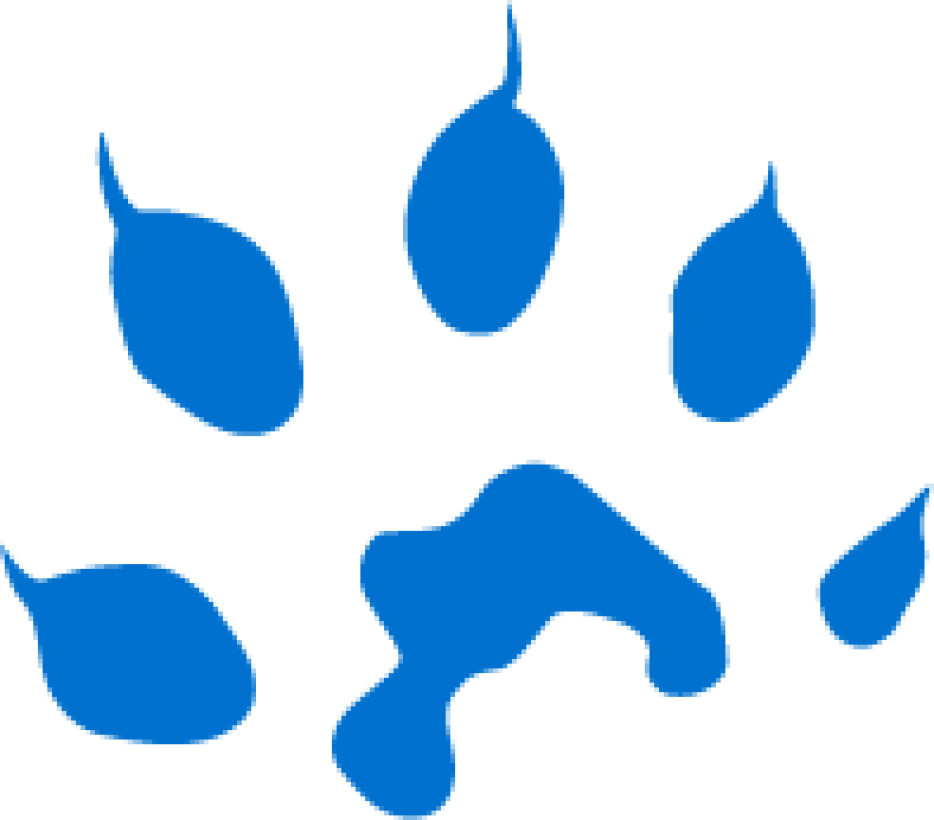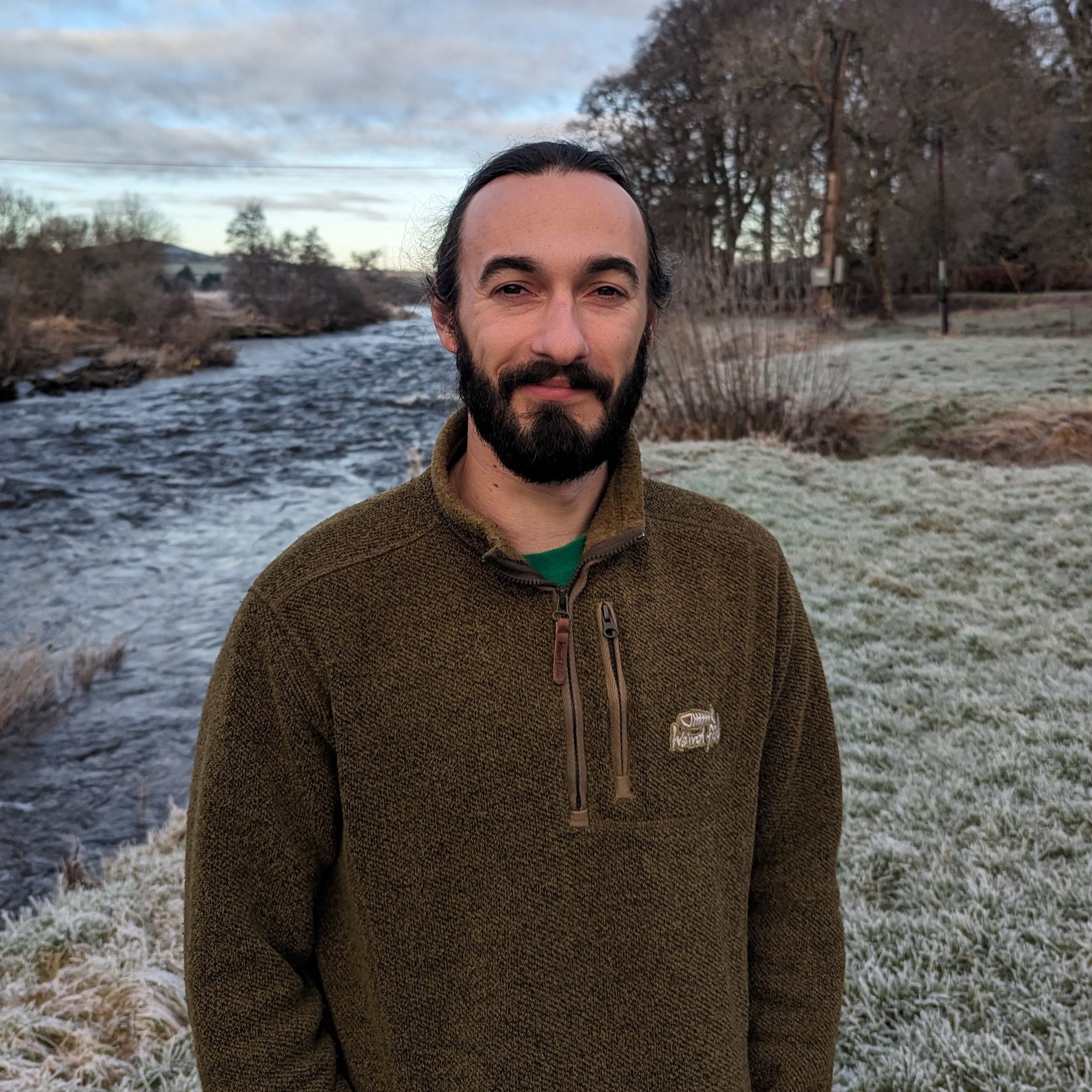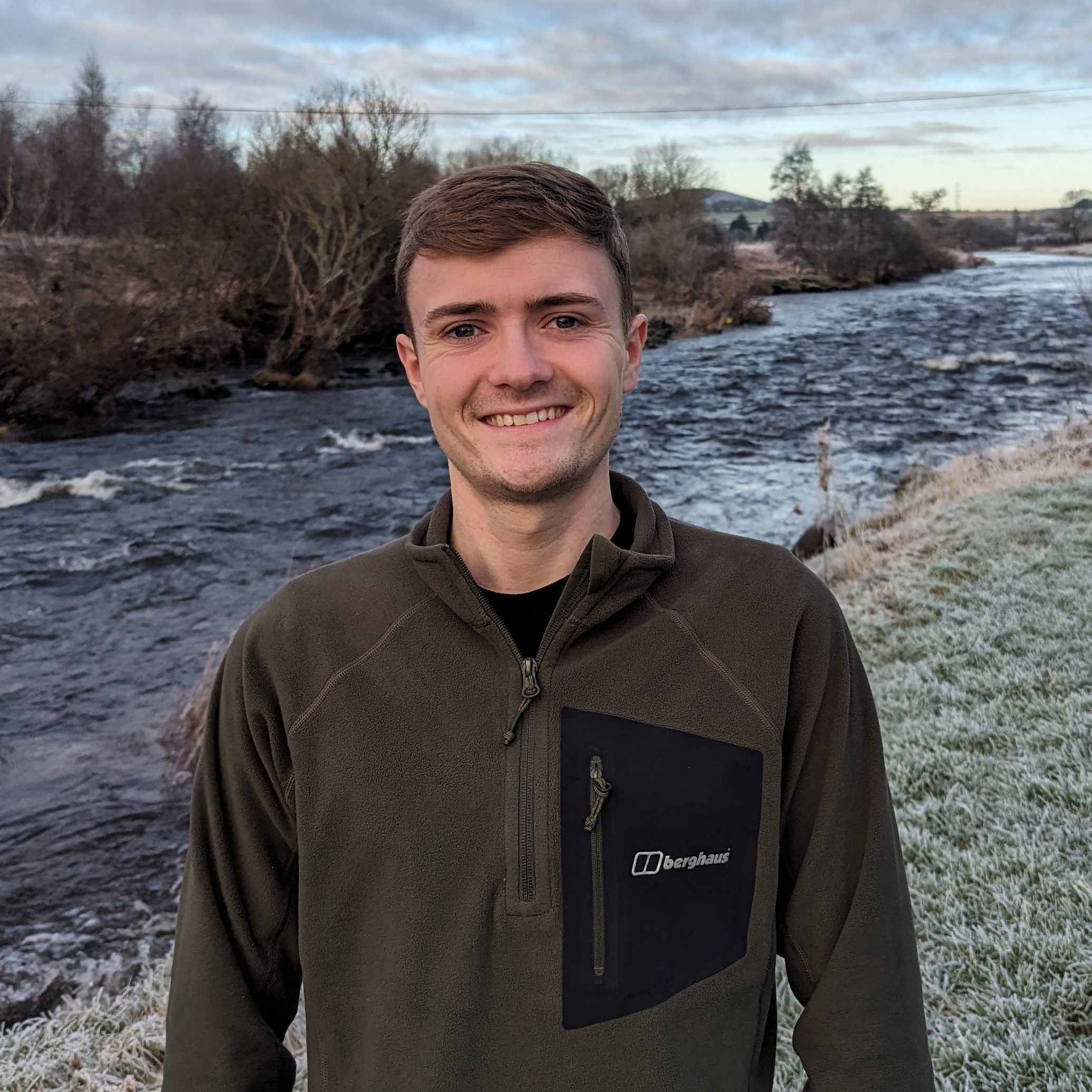The Rivers
The Deveron, Ythan and Ugie Rivers are situated in Aberdeenshire and Banffshire, the most north easterly point in our project area. The region includes a extensive coastline; as well as the three larger catchments there are many coastal burns and the Water of Cruden which fall within this jurisdiction.
In the Scottish Invasive Species Initiative these catchments are covered by two Project Officers and our project partner – The Deveron, Bogie & Isla Rivers Charitable Trust. The Trust has been tackling invasive species in the River Deveron catchment since 2003, many years before the Initiative began.
Across these catchments there are several designated protected areas, many of which are on the coastline. These include the Ythan Estuary (Site of Special Scientific Interest, Special Protection Area, Ramsar Site); Loch of Strathbeg (SSSI, SPA, Ramsar Site) and the Gamrie and Pennan Coast (SSSI and SPA).
